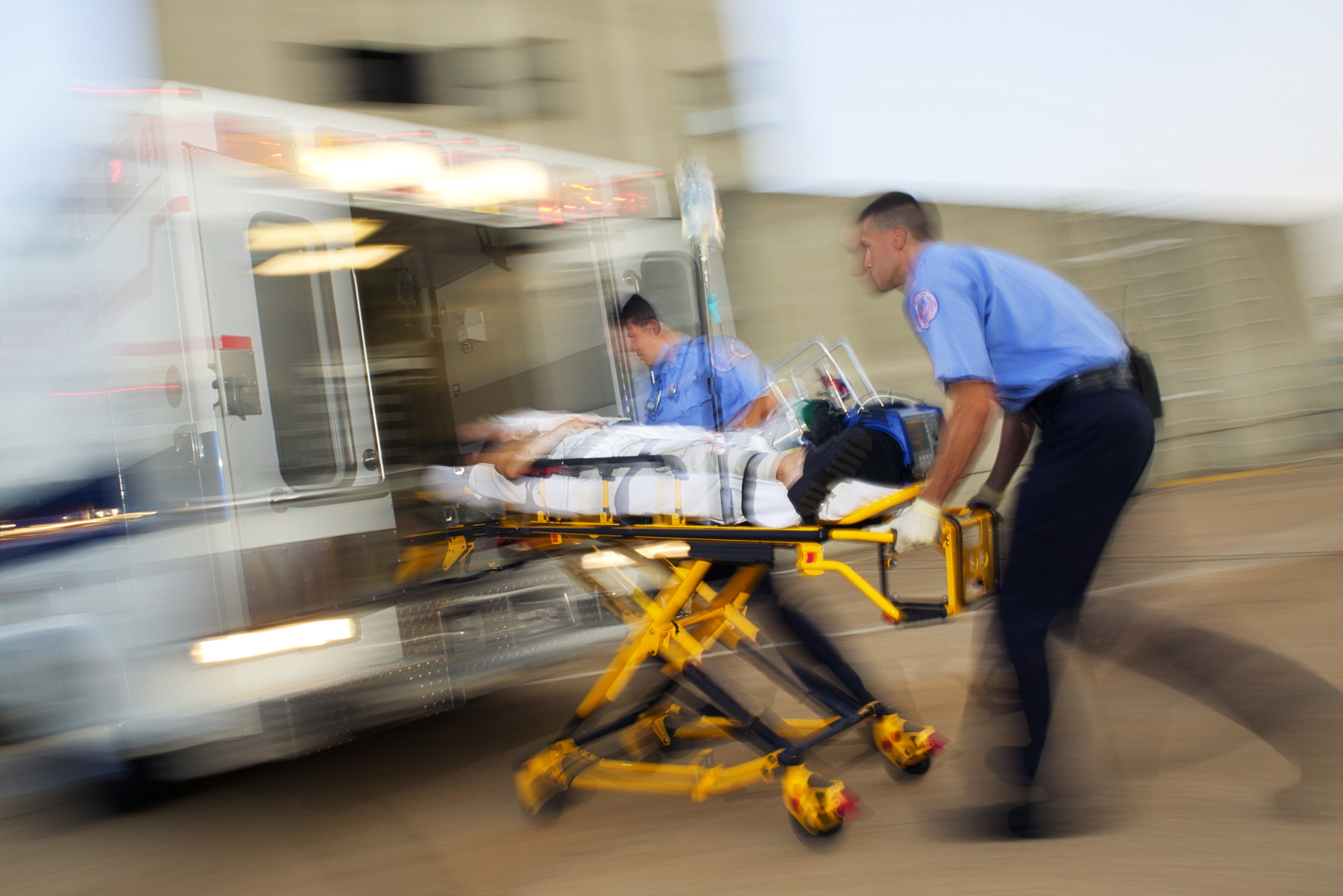Latest EMT Technological Advancements

The job of an EMT or paramedic is rooted in immediacy: Emergency medical technicians must respond to scenes quickly, communicate with one another regarding courses of action or patient care efficiently, think on their feet, and make life-changing—and possibly life-saving—decisions instantly.
So it only stands to reason that when a new or improved technological advancement designed to make our lives and jobs easier emerges, that an EMT team would leap immediately at using the technology to advance their ability to provide care to patients and do their jobs well.
According to the Journal of Emergency Medical Services, a 2016 update to the standards for ambulances has placed expectations and stressed opportunities for advancement in EMS technology.
The “tech revolution” as it was described in the Journal affects both the processes used by EMTs as well as the equipment, in combination with measures that help the EMT perform optimally.
Equipment and Process Advancements in EMS
Manual-lift stretchers are all but a thing of the past, “an indication that system administrators…have gotten the message that crews’ backs are highly susceptible to injury.” That becomes especially true with the consideration of an increased overweight or obese population in the U.S., as well as the health issues faced by that community. Similar changes include smaller, adjustable seats that “enhance crew safety and patient accessibility.”
As hospitals and physicians digitize their records and bring systems online, EMTs must too in order to transmit data, so these advancements help all healthcare providers stay on the same page. Cameras providing a 360-view of ambulances are starting to emerge, as well.
Interiors of ambulances are becoming revamped with smarter controls and safer methods of access (without crew members having to unsafely navigate inside a moving vehicle) to tools and medical equipment. Sensors, alerts, and notification systems inside and outside the vehicle are all working together to create a safer experience for all crew members, patients, and passengers.















